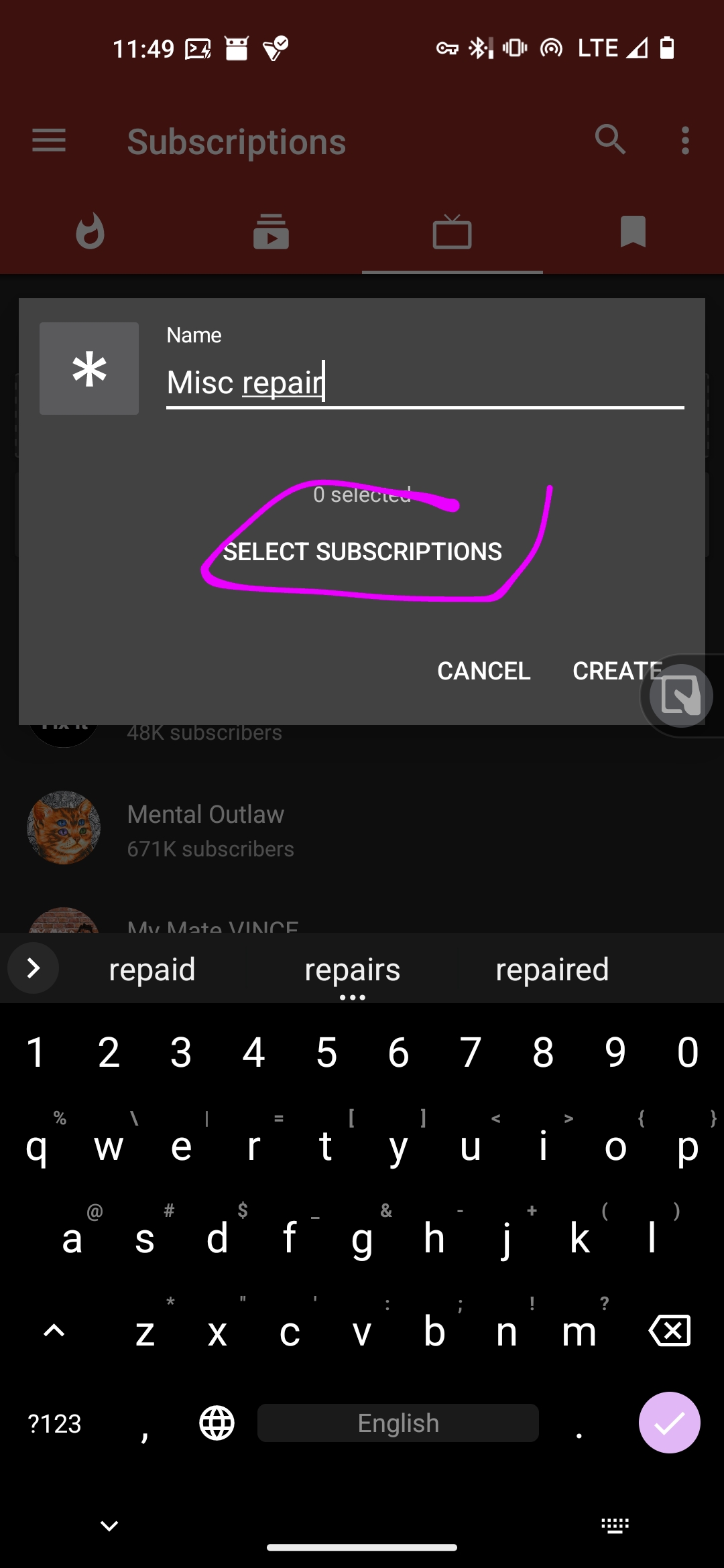May I interest you in using unwrap_or instead of unwrap
- 4 Posts
- 190 Comments
Depends on your definition of “what”, and the server you’re talking to, and what DNS you’re using, and your VPN provider, and maybe the phase of the moon.
So, pretty much the best-case scenario is when the site works via https, and the server supports “encrypted client hello” (ech), and your browser has ech enabled. In this case your VPN provider can see that you’ve sent something to the IP (one IP can host multiple websites with different domains).
Https and no ech = can see IP, can see the domain.
Http = can see everything (thankfully, quite rare now).
Some VPN providers may as well use their own DNS, then they can see what domains you’ve talked to regardless of ech (afaik, since domain lookup should happen before client hello, since you’re basically looking up whom to “greet”)
Some providers are Facebook with fake mustache and will shamelessly try to mitm you

 4·2 days ago
4·2 days agoMakes sense now, thank you

 281·2 days ago
281·2 days agoinstead of in an encrypted format on its internal systems.
Riiight, like that’s any better. Jokes aside, it’s hard to imagine what kind of “mistake” results in storing plain text instead of hashing, unless the mistake was in choosing whoever made the security assessment

 3·2 days ago
3·2 days agoNotthebees

 7·3 days ago
7·3 days agoWell, newpipe has channel groups for quite a while now.





 10·3 days ago
10·3 days agoit used to be “see source, but no touch source” when it came out, and now it’s “see source, touch source, no sell source”. Not exactly proprietary, not free as in freedom. Kinda gray zone here, pun intended
Plot twist: they code in replit or smth like that

 8·4 days ago
8·4 days agoProbably some scientific theory on not letting s3 buckets eat all your money /jk

 0·4 days ago
0·4 days ago[Removed]

 31·6 days ago
31·6 days agoI guess you should use proxmox at this point 🤣
Well, I’ve heard of at least one case where a PD charder likely died in a way that the output voltage was consistently above 5. Not sure what exactly, but it managed to fry a laptop via type-c that didn’t support charging, and 5v won’t do that.
Basically translates to “despite me liking English, js is not my cup of tea”. “Вообще мимо” can also be more literally translated as “a complete miss”, but I’m not entirely sure if it’s used that way

 112·8 days ago
112·8 days agoAgreed, crab that anti-foss activist in particular
Do you like Russian, tho? Some Russians I’ve encountered did find it overcomplicated at times… Но в целом понимаю: мне норм заходит энглиш, а жабаскрипт вообще мимо
I think ppl just got pissed with the fanboys unironically asking to RIIR everything. The language itself is comfy AF, tho
App pinning has an explicit warning that “personal data may be accessible” and “pinned apps may open other apps”. I mean, it’s better than nothing, but I’d prefer not to rely on it anyways.



Given those options, you may want to try vim :) It’s a bit different in how you interact with it (pressing stuff on the keyboard instead of clicking stuff in menus, plus it’s more of an imperative vs declarative approach, i.e. you tell vim how to do stuff instead of what you need to be done; the good part is being independent of what sb thought you may need to do, the bad – having to learn editing primitives and stuff), but it can certainly do stuff you’ve mentioned, sometimes with some help from external programs:
yyp[(yy)ank_curren and (p)aste];JorgJto join current line with the one below with or without space as a separator respectively. You can also combine it with:gor:vandnormor macros to make this edit on lines matching (g) or not (v) a specific regex (e.g.:g/join me/norm Jwill join all lines containing “join me” with that below). Splitting also depends;v10j:.!tacwill reverse 11 lines, including the one with the cursor, via calling (!)tacon the selection (v) of the current line and 10 below (10j) and pasting its output in the file you’re editing (.) (it’ll replace stuff you’ve selected). Replacetacwithshuforsortfor the other options mentioned. Removing duplicates without sorting - https://stackoverflow.com/questions/11532157/remove-duplicate-lines-without-sorting#11532197Bonus: neovim integrates with vscode quite well, and on itself it handles reasonably huge files without an issue.